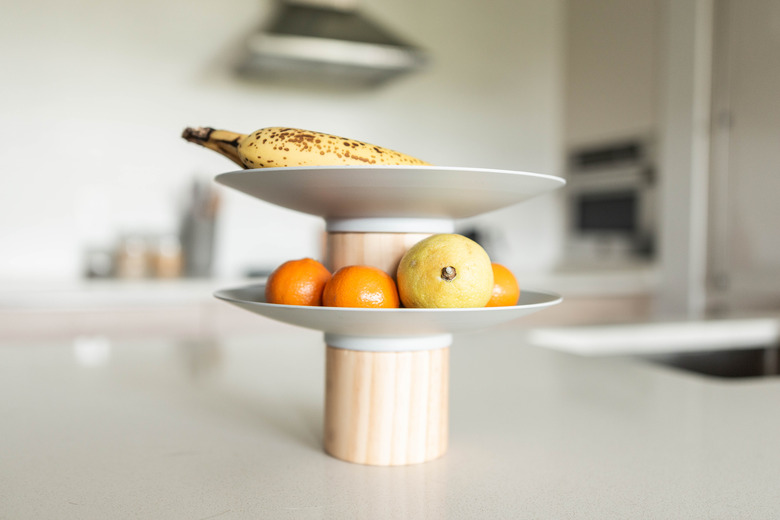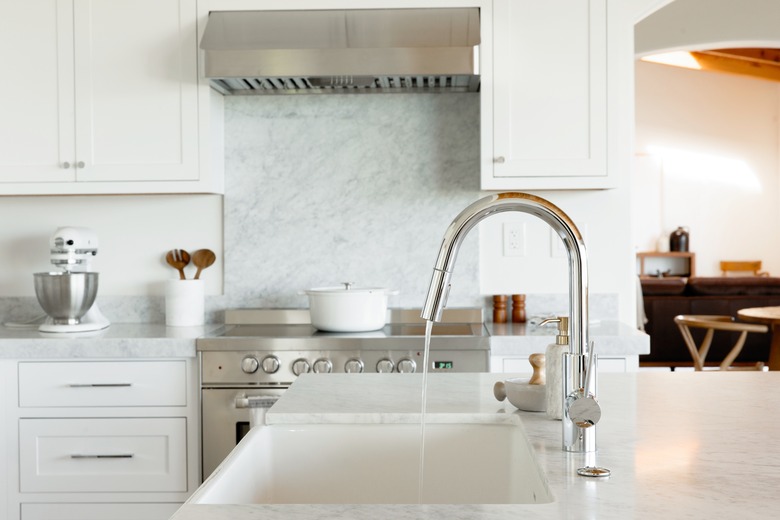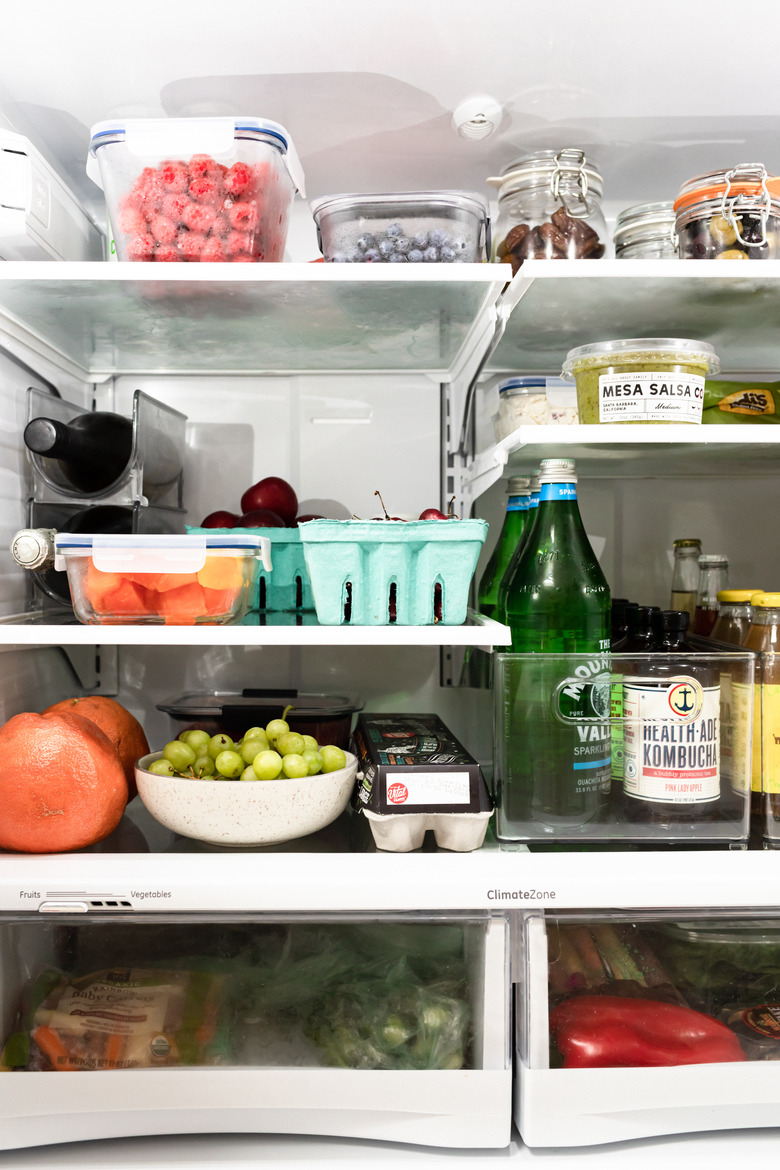Here's What You Should Know About Washing Produce
We may receive a commission on purchases made from links.
To contain the current spread of the coronavirus (or COVID-19), it's important that we remain vigilant when it comes to preventing contamination. That means washing your hands often, utilizing face coverings, remaining quarantined and social distancing, frequently cleaning and disinfecting your home, and yes, even cleaning and disinfecting anything you bring into your home. That includes groceries such as fresh produce.
Considering that fresh produce is food you will end up consuming, you're likely asking yourself, "What's the safest way for me to clean and disinfect my fruits and vegetables?" To answer this question, we reached out to doctors and healthcare professionals.
Before handling your produce, Dr. Shan Soe-Lin — who holds a PhD in Experimental Medicine and a B.Sc in Microbiology and Immunology, both from McGill University, and a Master in Public Health degree from the Harvard School of Public Health — tells Hunker, "Use wipes to wipe down plastic containers, take loose produce out of bags (throw the outer bags away immediately), and at minimum, wash all produce before putting them in your fridge." In other words, once you bring fresh produce into your home, you should remove any threats of contamination immediately. You should also make sure to wash your hands before and after this process.
When asked about the best way to disinfect produce, microbiologist Jason Tetro, author of The Germ Code, tells Hunker, "You don't need to disinfect your produce. Rather, you need to remove any potential microbial threats." This goes back to the differences between cleaning, sanitizing, and disinfecting. Cleaning refers to the physical removal of substances such as dirt and dust, typically with the use of soap, water, and friction. Both sanitizing and disinfecting, on the other hand, involve the killing of germs — disinfecting simply kills more germs. In order for the latter to be effective, cleaning should be performed first.
Since disinfecting produce would involve the use of potentially harmful chemicals you shouldn't ingest, Tetro's advice involves giving your produce a thorough cleaning under running water with friction. He states, "Don't be afraid to get rough with it." This is in line with the CDC's recommendations for fruit and vegetable safety, which include the following tips:
- Cut away any damaged or bruised areas before preparing or eating.
- Wash or scrub fruits and vegetables under running water—even if you do not plan to eat the peel.
- Dry fruit or vegetables with a clean paper towel.
- Keep fruits and vegetables separate from raw foods that come from animals, such as meat, poultry, and seafood.
- Refrigerate fruits and vegetables within 2 hours after you cut, peel, or cook them (or 1 hour if the outside temperature is 90°or warmer). Chill them at 40°F or colder in a clean container.
Tetro states that one should never use bleach on their food and that soaking the food is also not recommended, since it can lead to cross-contamination.
Though vinegar hasn't been proven to work for coronavirus, it has been proven to eliminate certain types of bacteria (Editor's note: as we noted in a previous article, vinegar is not a liquid that the CDC or EPA lists for the prevention of coronavirus). With this in mind, Dr. Soe-Lin uses a mixture of three parts water and one part vinegar on her produce for five minutes, before rinsing the mixture off with running water. She adds, "Things that have peels are safer since you can wash the outside thoroughly before peeling." In terms of peeling, the U.S. Food and Drug Administration also suggests that you always peel the outermost leaves off heads of cabbage and lettuce. The FDA also states that you use running water, clarifying there's "no need to use soap or a produce wash." You can also use "a clean vegetable brush" for more "firm produce."
Dr. Tobi Schmidt, a personal health advisor and educator, tells Hunker that cleaning produce with smooth surfaces (such as apples, oranges, bananas, and squashes) "can be done by washing in cool or lukewarm water with a mild dish soap and rinsing well." She notes, "Rinsing well is important because traces of soap can cause gastrointestinal issues, including diarrhea." This is reflected in Hunker's DIY cleaning solution for produce. Dr. Schmidt adds that cooking produce will also work as a form of disinfection and is a preferred strategy for produce like broccoli and cauliflower, which can be difficult to thoroughly wash by hand.
"Once you have washed your produce, store it away from areas where it might be exposed to recontamination," Dr. Schmidt states. In other words, make sure your food storage areas are regularly being cleaned and disinfected, according to product instructions, before you place your produce there. For specific recommendations, the EPA has a list of products for use against the coronavirus.
Ultimately, you should be cleaning your produce with running water the moment it enters your home. While vinegar or a mild dish soap can be used, they aren't necessary.


